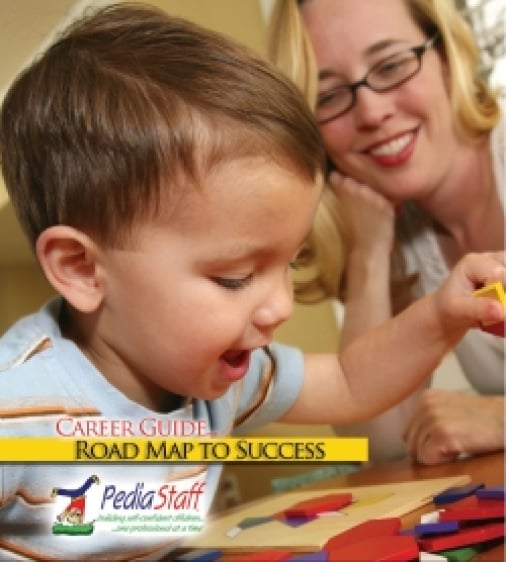SLP Corner: How Do You Know When it’s a Language Delay Versus a Disorder?
[Source: ASHAsphere]

ASHAsphere Editor’s Note: This is an excerpt from a blog post that originally appeared on Special Education Guide.
How do you know when it’s a language delay versus a disorder?
Unfortunately, there is not always a straightforward answer to this question. A language delay is just that—a delay in acquisition of language skills compared to one’s chronological and cognitive/intellectual age-peers. A young child with a language delay may exhibit a slower onset of a language skill, rate of progression through the acquisition process, sequence in which the language skills are learned, or all of the above.
However, there is a subset of children who continue to demonstrate persistent difficulties acquiring and using language skills below chronological age expectations (by preschool or school age) that cannot be explained by other factors (for example, low nonverbal intelligence, sensory impairments or autism spectrum disorder) and may be identified as having a specific language impairment (language disorder).
In contrast to a delay or a disorder is a language difference. With a language difference, communication behaviors meet the norms of the primary speech community but do not meet the norms of Standard English. This difference can exist whether the person in question is a child from a different country or simply from a different neighborhood in the same city.
So, what are some options for addressing language delays and disorders?
Read the Rest of this Article on ASHAsphere
PediaStaff is Hiring!
All JobsPediaStaff hires pediatric and school-based professionals nationwide for contract assignments of 2 to 12 months. We also help clinics, hospitals, schools, and home health agencies to find and hire these professionals directly. We work with Speech-Language Pathologists, Occupational and Physical Therapists, School Psychologists, and others in pediatric therapy and education.
